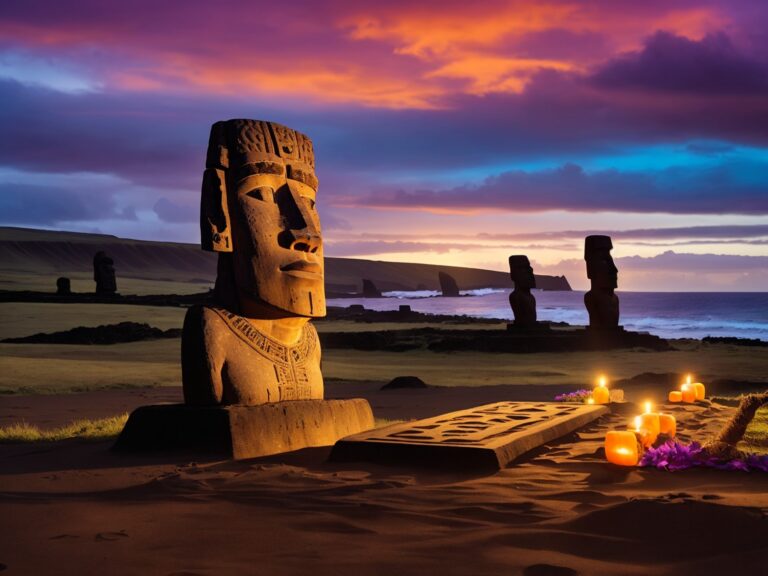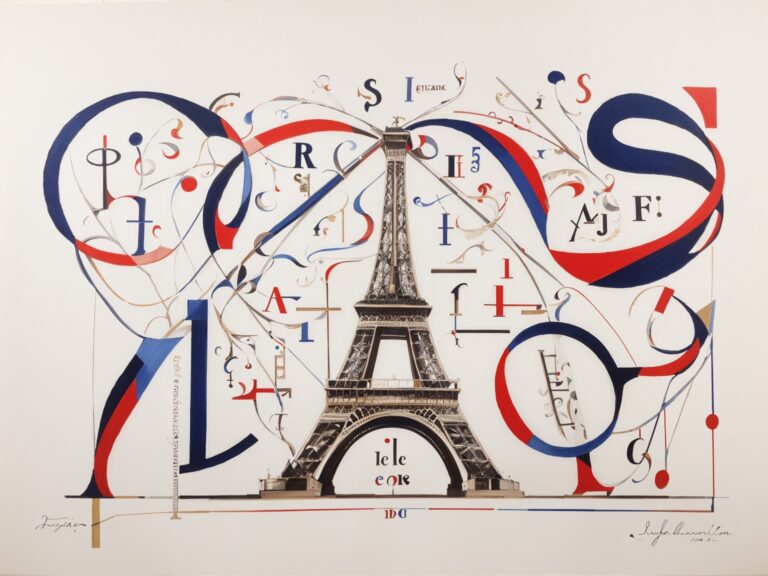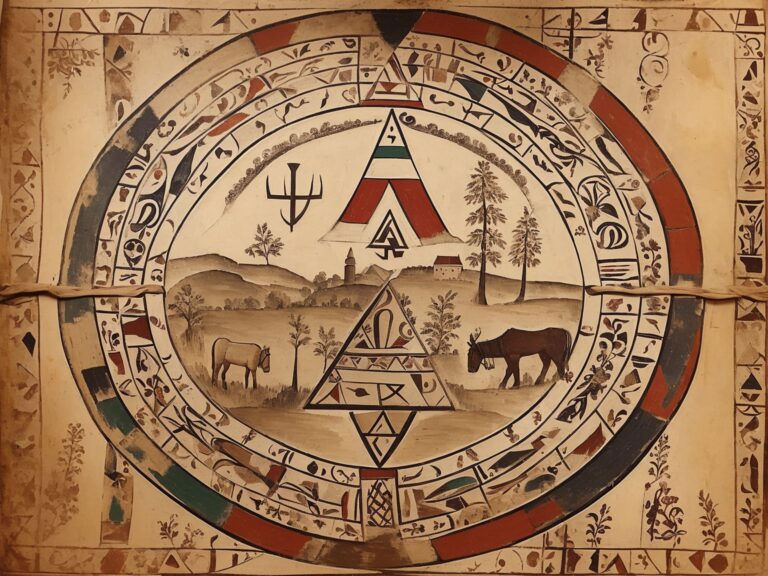- Language Stories: The Great ‘Eskimo Snow Words’ Debate
- Language Stories: The Great Emu War of Languages
- Language Stories: “Up With This, I Will Not Put”
- Language Stories: Darwin and the Birth of Ethnolinguistics
- The Legend of Malintzin: From Language Mediator to Historical Icon
- The Curious Case of the Green Children of Woolpit
The narrative of Charles Darwin’s voyage aboard the HMS Beagle, while famous for its contributions to evolutionary biology, is seldom explored from the viewpoint of linguistics. However, tucked into this journey lies an exceptional story involving indigenous languages, transcontinental voyages, and the birth of ethnolinguistics.
The Setting
It was December 27, 1831, when a relatively unknown 22-year-old Charles Darwin set sail from Plymouth, England, on a five-year journey that would forever change the understanding of natural history. The main purpose of the voyage, captained by Robert FitzRoy, was to chart the coastlines of South America, Australia, and other parts of the southern hemisphere. Darwin, whose initial role was as a dining companion for the captain, seized the opportunity to explore and document the diversity of flora, fauna, geology, and indigenous cultures along the voyage.
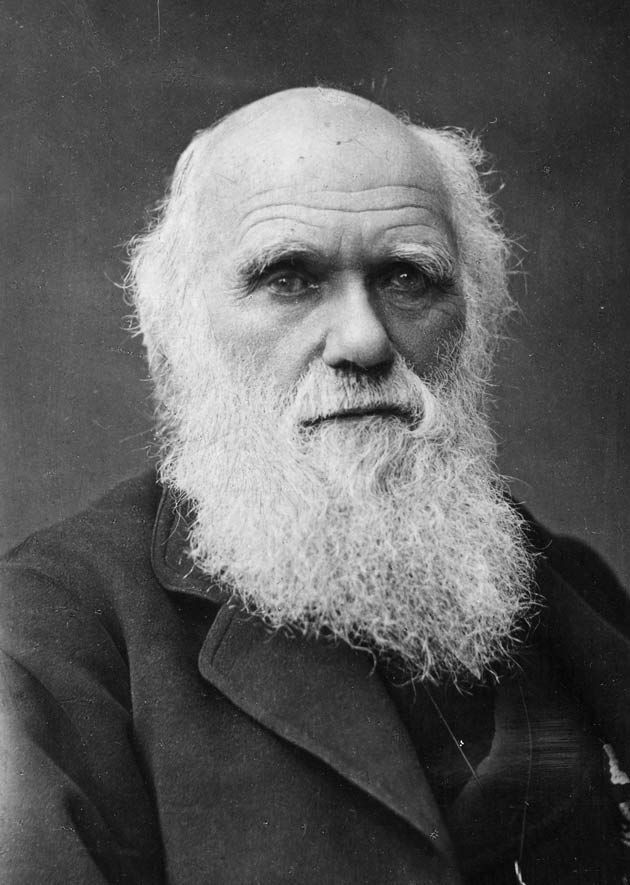
The Linguistic Encounter
The voyage’s linguistics tale began on a previous trip of the HMS Beagle to Tierra del Fuego, the southernmost tip of South America, in 1828. FitzRoy had taken four indigenous Fuegians back to England. The idea was to educate them in English and Christianity, with the intention of returning them to Tierra del Fuego as missionaries to civilize their own people. Among them, three Fuegians, renamed York Minster, Fuegia Basket, and Jemmy Button, survived the journey and were to return home on the second voyage of the Beagle.
Darwin’s journals documented these Fuegians’ encounters, providing unique insights into the region’s linguistic and cultural landscape. The indigenous languages of the region, belonging to the larger Chonan language family, were distinctive and complex.
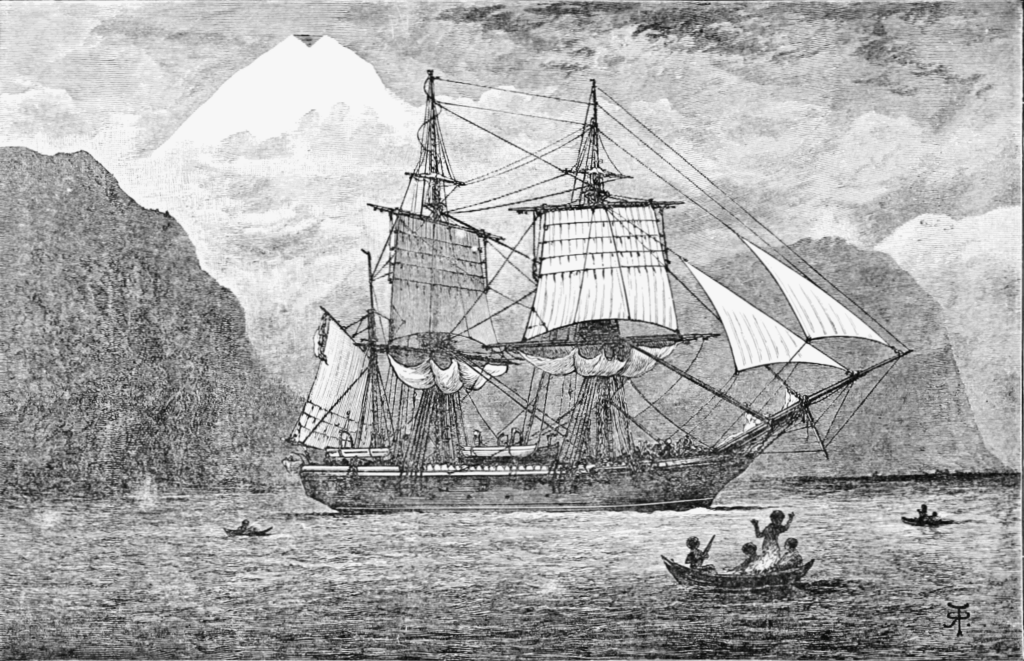
The Language Challenge
The Beagle arrived in Tierra del Fuego in January 1833, and the English-educated Fuegians were reintroduced to their homeland. The crew, armed with dictionaries and vocabularies compiled during the Fuegians’ stay in England, attempted to communicate in the indigenous languages.
However, the linguistic complexity quickly revealed itself. Darwin was puzzled by the differences between the languages and the peculiarities, such as the extreme guttural sounds, the rapid-fire delivery, and the lack of common words with any European languages. In his journal, he stated that the language was so unlike any he had ever heard that it sounded like “a man clearing his throat.”
As the crew further explored the region, they found more linguistic diversity. Each small tribe had its own dialect, and even the same words often held different meanings between tribes, or sometimes, between individuals within the same tribe. This remarkable diversity and fluidity challenged the prevalent 19th-century European belief that indigenous peoples, being ‘primitive,’ would have simpler languages.
The Impact on Darwin and Evolution of Language
The contact with the Fuegian languages had a profound impact on Darwin. This experience confronted him with the notion of cultural and linguistic evolution, where languages could adapt, diversify, and become extinct, mirroring the biological evolution he was observing.
The indigenous languages, rather than being simple, were complex and sophisticated, adaptable to the local environment and social structures. This led Darwin to consider language as a product of cultural evolution, a concept now central to the field of linguistic anthropology. His exposure to the Fuegian languages, therefore, not only added a new dimension to his theories on natural selection but also planted the seeds for a nascent field that would later be known as ethnolinguistics.
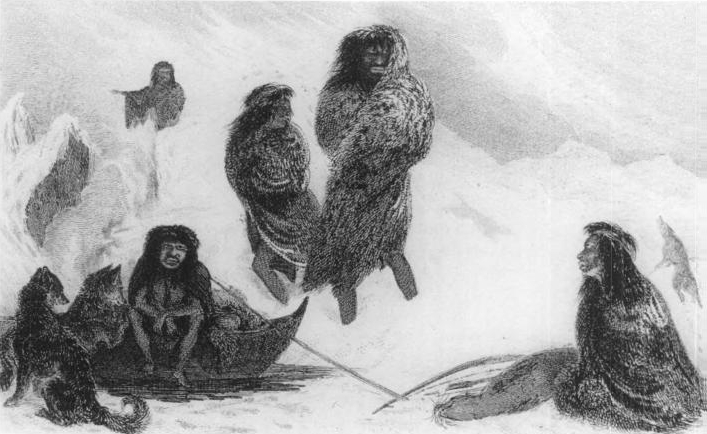
The Legacy of the Fuegian Languages
The linguistic tale from the voyages of the Beagle does not end with Darwin. The Fuegian languages, although less known in popular culture, had a lasting impact on linguistic theory and anthropology.
Unfortunately, the interaction that started with the Beagle’s voyages was also the beginning of the end for the Fuegian languages and many indigenous cultures around the world. Colonization, disease, and cultural assimilation led to the decline and eventual extinction of many of these languages. By the late 20th century, both Selk’nam and Yamana were considered extinct languages.
However, their legacy lived on. The Beagle’s voyages and Darwin’s observations laid the foundation for later linguistic and anthropological studies. The idea that languages, like species, could evolve, adapt, and become extinct, radically altered our understanding of human societies. It established the importance of studying indigenous languages, leading to the birth of comparative linguistics and ethnolinguistics.
Conclusion
While the Beagle is best known for its role in the development of the theory of evolution, it was also central to a critical chapter in the history of linguistics. The linguistic encounter with the Fuegians, their complex languages and unique cultural practices, provided an insight into the dynamic nature of language. This encounter shaped Darwin’s thoughts and had a profound impact on the scientific understanding of language as an evolving cultural artifact.
Therefore, the story of the Beagle, Darwin, and the Fuegian languages serves as a unique intersection of natural history, anthropology, and linguistics. It remains a powerful reminder of the wealth of knowledge that indigenous languages hold and the critical role they play in understanding human culture and its evolution.

